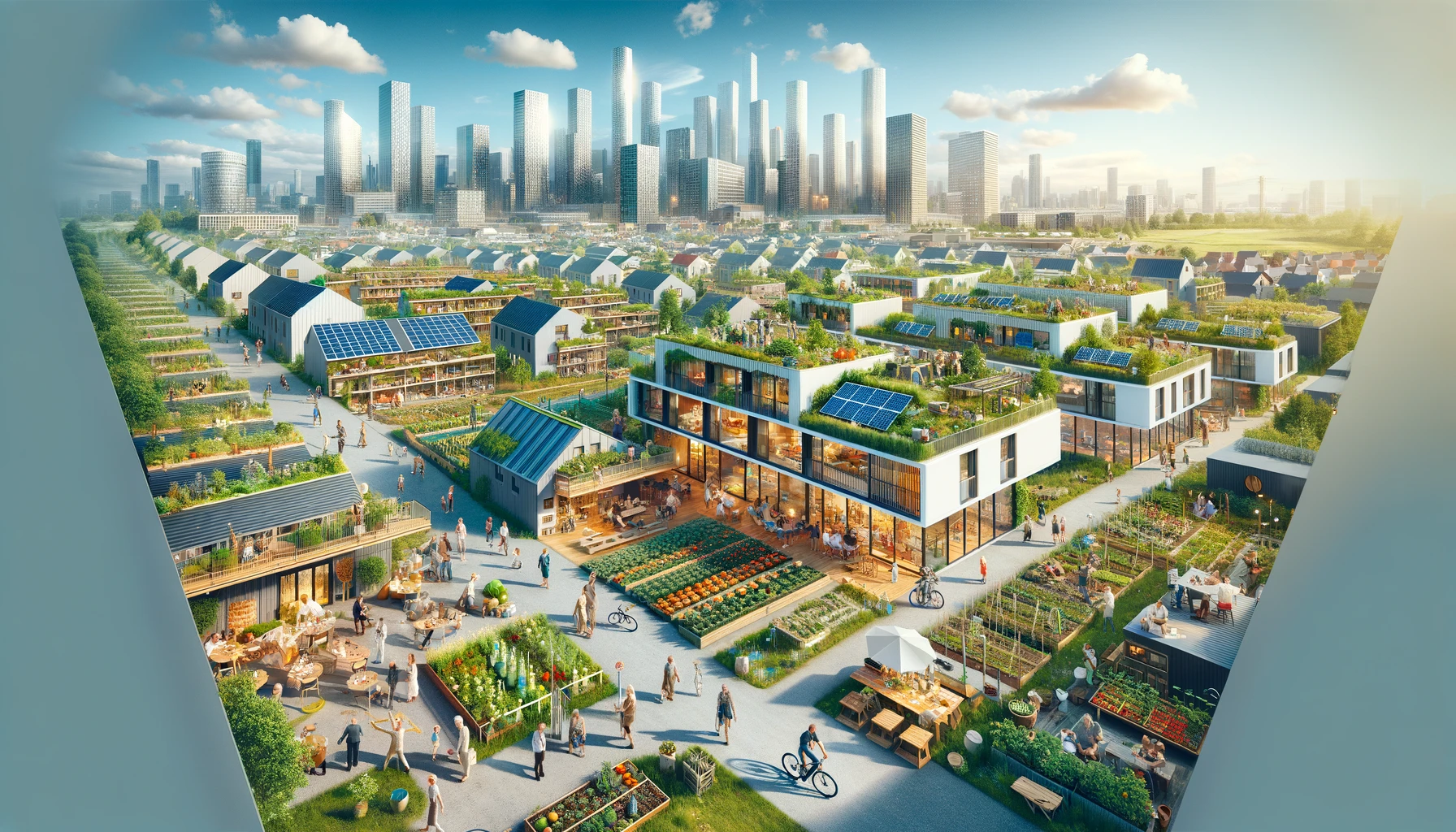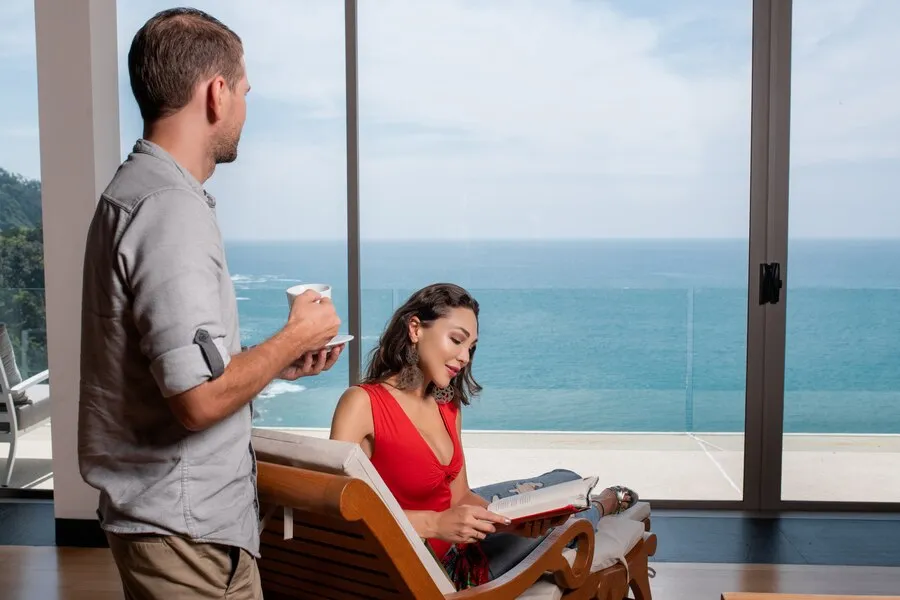Key Takeaways:
- Independent living offers an empowering approach to aging, with communities providing amenities for an autonomous lifestyle.
- With a focus on active living, independent living challenges traditional conceptions of retirement.
- Cutting-edge community design and well-being programs are central to independent living.
- Financial planning is crucial for a self-sufficient life in an independent living community.
- Security, safety, and accessibility are top considerations in these communities.
- Eco-friendly practices are increasingly common and essential within independent living spaces.
- The transition to an independent living arrangement is a personalized and significant journey.
The Rise of Independent Living Communities
In recent years, there has undoubtedly been a noticeable surge in the popularity of independent living communities. These places of residence embody a forward-thinking approach to aging, where individuals can cherish their independence while residing in an environment that promises support and convenience. Independent living, St. Petersburg, Florida, is one of the many exemplary settings where residents can enjoy a rich array of services designed to foster an autonomous yet socially vibrant lifestyle. Such enclaves are not simply housing solutions but lifestyle choices emphasizing freedom and self-reliance.
Convenience, community, and care are three central pillars underpinning these communities’ appeal. The growth of this sector taps into a collective desire among seniors to reshape the landscape of retirement living. More than ever, there’s recognition that the later stages of life can be equally full of zest, growth, and participation in a community-led society. It’s not just about providing a space to live but about creating a space where life continues to be lived to the fullest. This sentiment is what drives more individuals toward this type of residential arrangement.
The Shift From Traditional Retirement
Over time, retirement has experienced a significant metamorphosis. Retirement is no longer associated with a winding down of activity and disengagement from society. Instead, the new retirement age is characterized by a sustained or even enhanced level of engagement in varied pursuits. Traditional retirement homes and communities have long provided care and accommodation for older people. However, these come with a predefined narrative that only sometimes aligns with the contemporary spirit of vivacity and independence that many seniors seek today. On the other hand, independent living communities are designed to support a lifestyle filled with opportunities for learning, leisure, and self-exploration, often in the company of like-minded peers.
Residents of independent living facilities typically enjoy a greater degree of freedom compared to traditional retirement settings. They have private residences within the community, allowing for personal space and an environment they can furnish and maintain according to their preferences. The difference is significant and provides a welcome alternative for seniors looking to keep their independent way of life while still having access to communal amenities and services designed with their well-being in mind.
The Financial Implications of Independent Living
Moving to an independent living community is a lifestyle choice and a financial decision. Understanding the costs involved is imperative to make the most of this new phase of life. Independent living arrangements can vary broadly in terms of pricing, which is often reflective of the location, size of the residence, and the extent of services provided
Therefore, financial assessments and planning are essential to ensure a smooth transition and secure one’s future in an independent living community. Retirement planning advisors often recommend exploring different financial assistance programs that might be available, as well as carefully considering assets and resources to develop a sustainable long-term budget. With proper planning, living in these communities can be cost-effective due to consolidating home maintenance, utilities, and activity costs into a single, predictable fee.
Security and Safety Considerations
Safety and security are a priority for independent living establishments. These communities are typically equipped with various security systems, such as surveillance cameras, on-site security personnel, and emergency call systems within each residence. There’s also a strong emphasis on staff training for emergency preparedness, periodic security drills, and established protocols to protect residents.
Furthermore, the design and layout of the living spaces and communal areas are typically geared towards preventing accidents and facilitating rapid response in case of emergencies. Regular maintenance of grounds and facilities helps to avoid issues before they arise. These features ensure that residents can enjoy their independence with the reassurance that they are in a safe and secure environment. more info here: lds distribution center
Community Life and Social Engagement
Beyond the tangible amenities of independent living communities lies the intangible yet crucial aspect of community life. Being part of a dynamic social network is vital to a fulfilling experience within these communities. Many communities are highly active, with a calendar full of events, social gatherings, and group outings that encourage interaction and cultivate friendships. The benefits of this busy social life are profound, particularly in combating loneliness and isolation, which can sometimes affect older adults.
These communities are often designed with communal spaces such as lounges, libraries, and gardens that invite social engagement and provide settings for residents to share experiences. Participating in community life is enjoyable and supports cognitive health, creating a stimulating atmosphere where residents can thrive.
Accessibility and Convenience in Design
Independent living communities place a high priority on accessibility. The spaces are designed to accommodate residents’ needs at various levels of mobility, from those who are fully active to those who may require mobility aids. Thoughtfully designed pathways, ramps, and elevators are standard, ensuring all residents can easily navigate the environment.
The incorporation of accessible design extends to every part of the community, often with consideration for the ease of navigating to nearby amenities such as shopping centers, parks, and cultural venues. These design considerations speak to a broader commitment to making daily life manageable and enjoyable for all residents, regardless of their physical capabilities.
Features of Independent Living Spaces
The allure of independent living spaces can be attributed to a combination of attractive features and a commitment to promoting a high quality of life. These thoughtfully designed spaces offer amenities that efficiently cater to individual lifestyles. Residents typically enjoy access to fully equipped fitness centers, on-site dining with nutritious gourmet options, pools, and recreational facilities that bolster a holistic approach to health and enjoyment. Social and cultural activities, from art classes to book clubs, ensure never-dull moments.
Technological advancements are also integrated, enhancing residents’ daily lives through convenience and safety features. Options like high-speed internet connectivity, smart home devices, and telehealth services ensure that residents of independent living communities remain at the forefront of modern convenience and accessibility. Moreover, the design of these spaces is instrumental in the overall well-being of its inhabitants. In-depth research emphasizes how well-thought-out design and architecture can positively impact the lives of seniors, leading to improved mental and physical health outcomes.
Health and Wellness in Independence
Maintaining one’s health and wellness is a prime advantage of independent living communities. Not only do these settings provide the opportunity for physical activity and fitness, but they also promote mental and emotional well-being. Health and wellness programs are tailored to encourage active participation, offering a range of classes and activities that engage the body and mind. This holistic approach is pivotal, supporting overall health and facilitating longevity. Engaging in regular fitness routines, participating in group wellness activities, and accessing personalized health services can substantially uplift a resident’s quality of life.
There’s a strong recognition that mental and spiritual health is as important as physical strength. Therefore, many independent living communities have embraced wellness programs that encompass meditation, mindfulness, and other practices that nurture the soul. The importance of these wellness programs for senior independence cannot be overstated. As pointed out by resources, wellness programs contribute significantly to maintaining autonomy and vitality in the aging population.
Sustainable and Eco-Friendly Living
Environmental stewardship has become increasingly important to many seniors, and independent living communities have responded by integrating sustainable practices into their operations. These practices range from using renewable energy sources to implementing water-saving measures and encouraging recycling efforts among residents.
Green areas and community gardens enhance the visual appeal of these spaces, contribute to the health of the local ecosystem, and provide residents with the opportunity to engage in gardening. Such eco-friendly initiatives are suitable for the planet and instill a sense of pride and purpose in community members.
Making the Transition to Independent Living
Embracing the independent living philosophy requires careful consideration and preparation. Prospective residents are encouraged to take stock of their lifestyle preferences, anticipated healthcare needs, and financial situation, among other factors. A thoughtful approach to this transition involves visiting various communities, engaging with current residents, and participating in trial stays, if available.
The move to an independent living community is a step towards a future that upholds autonomy within a supportive network. For many, it begins an engaging chapter that promises growth, connectivity, and peace of mind. It’s a choice that opens doors to new friendships, hobbies, and learning opportunities while nestled in a community that celebrates independence and individuality.




